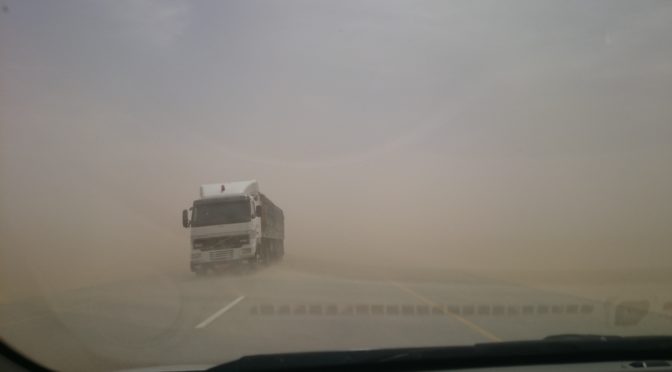Kenya has a long and illustrious livestock sector history. In the past, Kenya was the first county in the world to establish a private-sector artificial insemination network to improve the breeds and productivity of Kenyan Livestock. As a result, Kenya became a well-respected dairy producer and for some time the World Record for Milk Production for an Ayrshire Dairy Cow was held by a Kenyan cow. In addition, Kenya meat and livestock were renown throughout the developed world and Kenyan meat garnished the plates of consumers in Europe and the United Kingdom.
However, though a combination of livestock sector disinvestment and the fact that Kenya did not keep up with global trends, the Kenyan livestock sector has suffered serious setbacks. The Kenyan meat sector is no longer globally competitive, despite the various major efforts of a group of Kenyan Meat Exporters, due to its inconsistent quality, the age of the livestock when they are processed, and the outdated production and transport systems.
Creation of a Kenyan Meat and Livestock Exporters Council
Through a series of discussions over the past several years, a group consisting of the main committed and long-term meat exporters from Kenya have come together and agreed that they need to unite to create the necessary changes in the Kenyan livestock sector to enable their products to be globally competitive and the meat export sector to be profitable. A Board of Advisors of prominent government, private sector industry players, and the Council’s appointed lawyer will be appointed to serve the Board of Directors as and when required.
A Board of Advisors of prominent government, private sector industry players, and the Council’s appointed lawyer will be appointed to serve the Board of Directors as and when required.
Vision
To revolutionize the livestock and meat production systems to enable Kenya to become an admired and respected global player in the meat and livestock export industries. 
Strategy
The Kenyan Meat and Livestock Exporters Council will adopt a progressive strategy to accomplish our vision of revolutionizing the livestock and meat production systems in Kenya. The Council has appointed Livestock Trade Services (LTS) as a Specialized Service Provider to unite members of the supply chain to modernize the production and processing systems including production, transport, and processing through the application of quality assurance, quality improvement and quality control measures. On the importing side, LTS will identify emerging niche and mainstream markets which are appropriate for Kenyan exports to exploit, develop and implement strategies and programs to market Kenyan meat and livestock to create lucrative long-term markets for our products.
Through these measures LTS will facilitate and create a reliable supply and consistent quality of the various types of livestock that importing customers require for their meat and livestock imports. To protect and nurture this investment the Council commits to operating adhering to recognized corporate governance principles and operate businesses and the Exporters Council ethically and transparently.
To protect and nurture this investment the Council commits to operating adhering to recognized corporate governance principles and operate businesses and the Exporters Council ethically and transparently.
The strategy for dealing with crises and problems as they arise on the importer side will be to develop advance contingency plans which enable members to react rapidly and in concert engaging all relevant actors including the Government of Kenya (Embassies, Ministries of Foreign Affairs, Agriculture, Livestock, and Fisheries, and Industrialization) including the Directorate of Veterinary Services to work alongside of the Exporters Council and the Specialized Livestock Service Provider to resolve any issues or problems and put into place any and all necessary changes in our system and procedures to ensure that the problem is not repeated.
Strategic Pillars
The focus will be on the following strategic pillars, all of which form key components in which appropriate interventions are necessary to ensure sustained, quality meat and livestock export from Kenya.
1. Convincing Livestock Producers to sell younger male livestock
To be competitive in the global market, we must move towards purchasing, fattening, and finishing younger livestock. Failing to do this means we will remain exporters of the lowest quality, lowest profit meat.
2. Establishing and Maintaining Producer and Supplier Loyalty
Over the last 10 years of operations, we’ve found that supplier and producer loyalty has been very difficult to create and maintain. As elaborated elsewhere in this document, we believe that by going to the County level and establishing contractual relationships with producers and assisting these supply chain partners during times of hardship such as drought will develop sustained and committed loyalty.
3. Fattening and Finishing livestock in Feedlots
All livestock should be well finished and fattened. This can only be economically done through a more intensive feedlot approach.
4. Maintaining Livestock Inventory
In certain seasons such as rainy seasons or when there is a drought, livestock of quality are less available from producers. These times can be predicted and inventory stocks need to need purchased in advance. Capital needs to be set aside to do this.
5. Improvements in Animal Welfare
Animal welfare improvements need to be made in the land transport and slaughterhouse sectors. Such improvements are not only justified on moral grounds; they make good business sense.
6. Improvements in Meat Processing and Chilling
Meat processing and chilling standards need to be brought up to international standards to ensure attractive carcasses, tender and hygienic meat.
7. Livestock and Meat Traceability
To be competitive at the higher meat price segments, we must introduce a traceabilitypasture to fork livestock and meat traceability system. This will give high end importers and consumers’ confidence in our products.
8. Niche Segment Production and Marketing
Due to Kenya’s diverse livestock inventory and natural (organic) production strategies, there are numerous niche market segments which the Exporters Council can take advantage of to increase sales and profitability. Such strategies will require focused import side marketing strategies as well as strictly controlled production, transport, and processing strategies for any particular niche. However, such approaches can be highly profitable if properly implemented.
9. Collaborative Research and Development
Meat quality, tenderness, hygiene, appearance, and flavour can determine which market and price segment that we as exporters can exploit. Much of this is determined by the balance between breed of livestock, feed type, soil types, animal welfare practices and stresses, fear induced prior to slaughter, and slaughter and chilling techniques.
Additionally, culturally and socially, we are precipitating behavior change and need to know within each group and community we work with how best to do that. Thus social scientists can assist us to research and identify the best, most culturally appropriate to achieve the behavior changes that are necessary for us to produce the best possible meat for our importing clients.
As we move forward we propose to engage a variety of research actors to work with us to help us to meet and exceed our customer needs and preferences. Possible institutions could include, KALRO, ILRI, AU-IBAR, IGAD, the Museums of Kenya, and various local and international NGOs.
This article is a summary of a proposal to Kenya Markets Trust (KMT). To collaborate and for more details, contact [email protected]
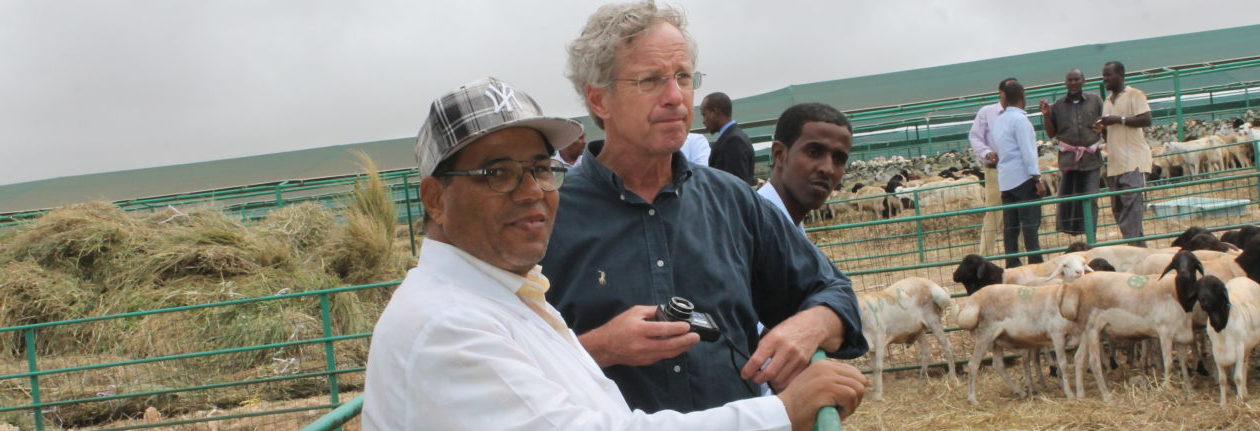
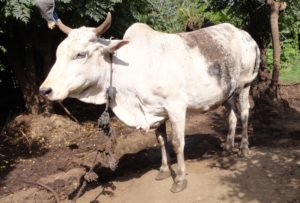
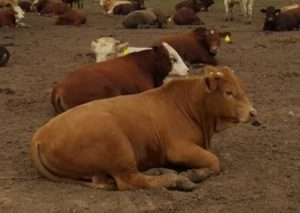
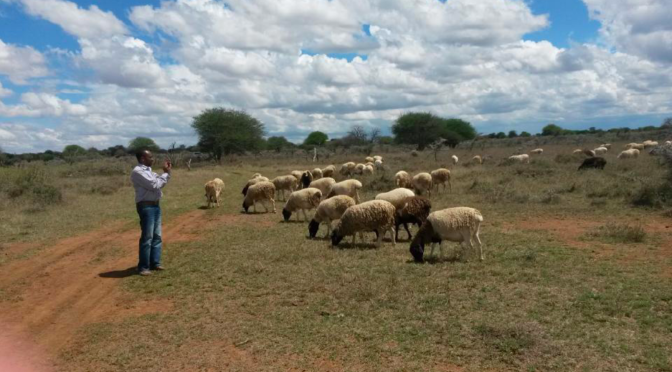
 A Board of Advisors of prominent government, private sector industry players, and the Council’s appointed lawyer will be appointed to serve the Board of Directors as and when required.
A Board of Advisors of prominent government, private sector industry players, and the Council’s appointed lawyer will be appointed to serve the Board of Directors as and when required.
 To protect and nurture this investment the Council commits to operating adhering to recognized corporate governance principles and operate businesses and the Exporters Council ethically and transparently.
To protect and nurture this investment the Council commits to operating adhering to recognized corporate governance principles and operate businesses and the Exporters Council ethically and transparently.
